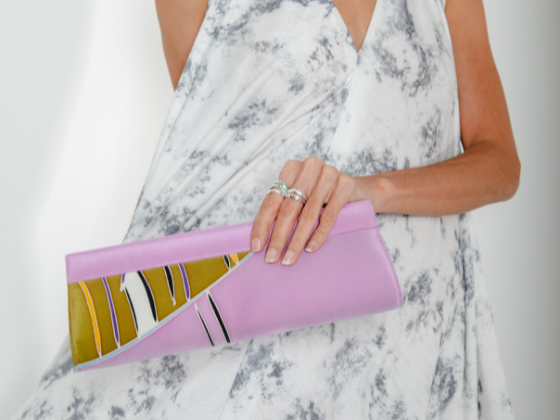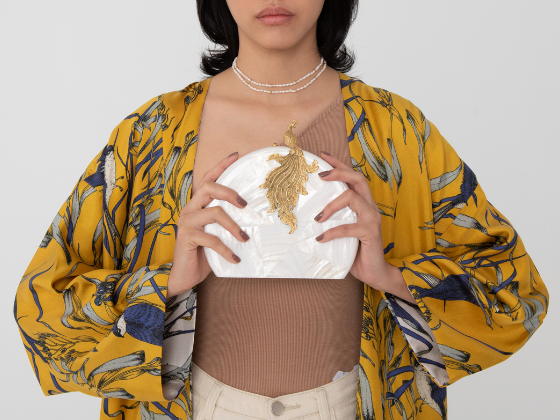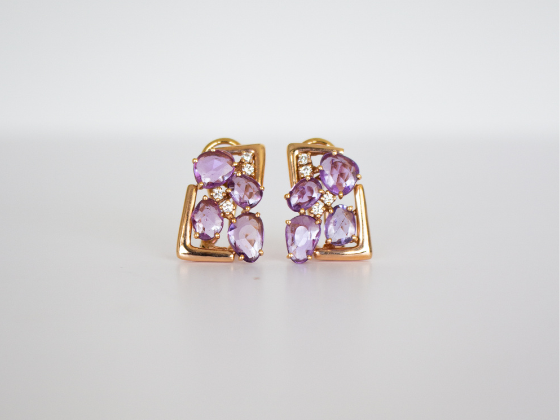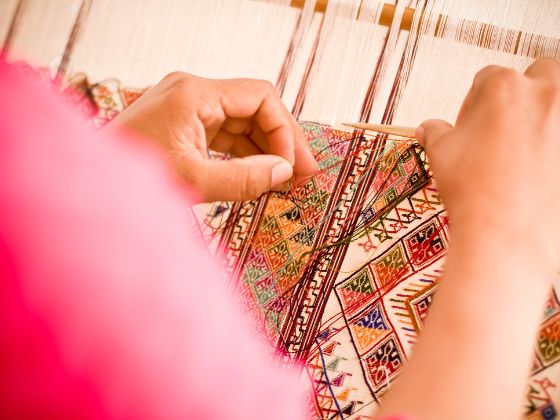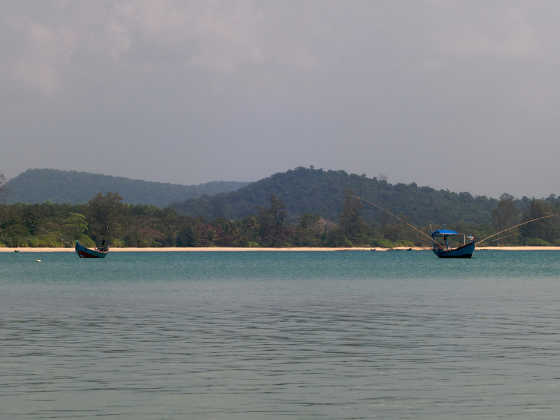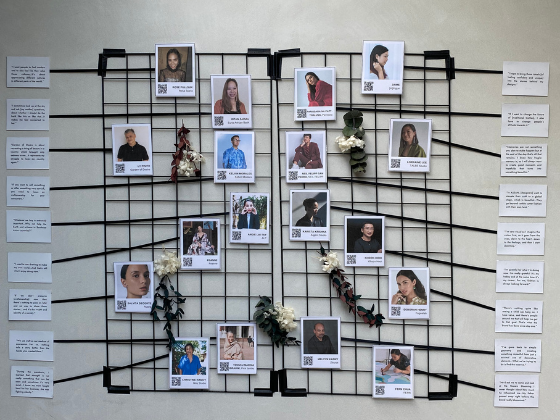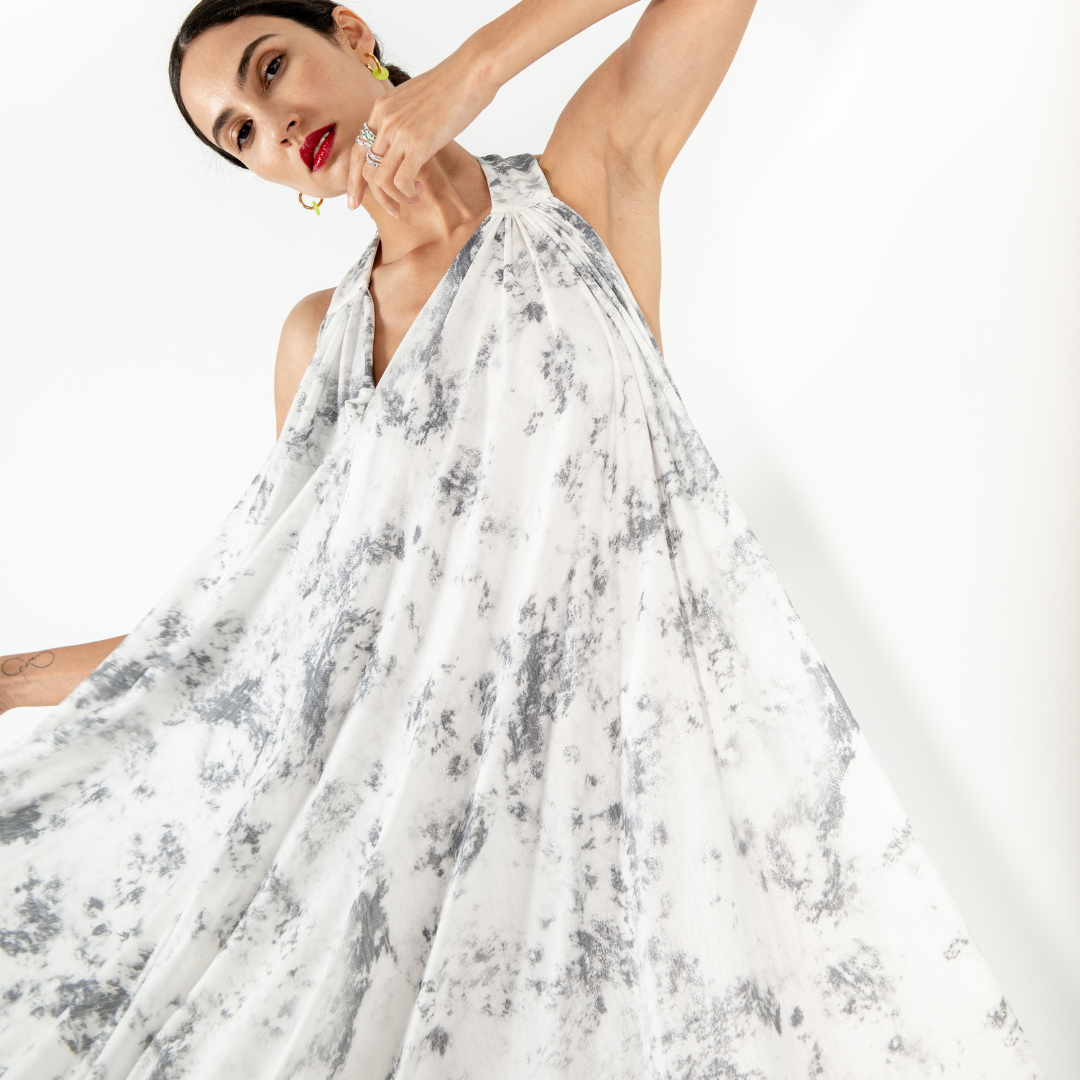By Aisha Hassan on April 1st, 2021
Human to human
In 2016, Baraing Tho brought Ka-Lai Chan to visit a community of weavers near Krobey Riel village, just outside of Siem Reap, Cambodia. Ka-Lai was visiting the country for the first time, intending to stay three months, and Baraing was a local who worked at a social enterprise focusing on basketry. When they arrived at the village, Ka-Lai walked into a woman’s house and saw artisanship in action.
“They were weaving, and it’s so beautiful to see what they can do with their hands,” Ka-Lai says. “I really wanted to share this.”
Ka-Lai met women like Sina, whose mother taught her how to weave at eight years old. Sina relied on a variety of jobs at the time, from working in construction to being a hotel cleaner, in order to care for her children. Ka-Lai and Baraing were struck by expert artisans like Sina who couldn’t make a fair living from their craft.
That fateful visit turned the tables for Ka-Lai, who originally planned on returning to the Netherlands after three months. Instead, Ka-Lai and Baraing founded MANAVA, a lifestyle brand that showcases rattan weaving and supports female artisans.
“MANAVA’ means humankind in Sanskrit and we chose it because we want to support the artisans and connect the artisans with the consumer,” Ka-Lai says. “This is all about humans.”
Preserving heritage, by design
Ka-Lai’s background is in product design, and her projects have ranged from interiors for hotels to t-shirts for the Van Gogh Museum. When it comes to MANAVA, she turns to Cambodia’s rich heritage.
“We are very fascinated by the country’s history and art,” Ka-Lai says. She references the shapes of pagodas, or ceramics from the ancient Khmer civilization, or motifs like the Kbach symbol, which can be seen on temples in Angkor. Then, it’s a matter of experimenting with the raw materials themselves, which consist of locally grown rattan palm and willow grass.
“There are different types of weaving so we bend it, we twist it, we see what we can do with it, and by doing that we see new possibilities to take this design further,” Ka-Lai says. She notes that they also work with the head weaving teacher in the village to gain even more craft insights. “She just sees things immediately,” Ka-Lai says.
There is an immense amount of thought that goes into each product. The MONY bag, for instance, makes use of a special Cambodian chain weaving style, which MANAVA repurposed to create a lightweight basket bag. The ROKTIKA basket appears plain in-color, but if you look closely from the top, a lotus pattern emerges in the weave. And the PHALA tray’s lack of any pattern actually indicates its complexity.
“The ones with no pattern actually take the longest,” Ka-Lai says, explaining how it has to do with interweaving just two pieces of rattan without another in between, as the middle piece creates a pattern. As such, the minimalism of items like the ZARAVA platter actually convey the master craftsmanship it requires. After all, it takes one month to prepare the raw materials and days of weaving before each item is complete.
---
Beyond supporting artisanship, MANAVA hopes to develop community programs for its weavers. The brand has previously worked with the Women’s Resource Center, a non-governmental organization in Cambodia, to run workshops on subjects like financial literacy and domestic violence. Looking ahead, Ka-Lai says they are looking at English-language classes, as well as arts initiatives. “We want to empower them in their creativity,” Ka-Lai says.
Ultimately, MANAVA champions craft and community to create a long-lasting impact for the women of Krobey-Riel — Sina now works just one job at MANAVA and can afford to send her children to school — and to change people’s relationships with their belongings.
“We want to let people stand still for a bit and really look at the products...If there is a story and it’s well made, hand made with quality, carefully designed and it’s a natural material, you appreciate the product so much more,” Ka-Lai says. “Even when you no longer want the product, you will probably give it away to someone and pass on the story.”
Ka-Lai, by the way, lives in Siem Reap to this day. “I really want to be here and create this and share this,” she says of MANAVA. “This is really important.”
ABOUT THE AUTHOR
Aisha Hassan is a writer, journalist, and co-founder of Dia. Previously, Aisha worked for Quartz in New York and Harper’s Bazaar in Malaysia. Her fiction has been published in international literary magazines. She has a bachelor’s degree in English Language & Literature from the University of Oxford, and a master’s degree from Columbia’s Graduate School of Journalism.

